Posted in Uncategorized

Who Owns the Word “Cruise,” and How Can You Stay Out of Similar Feuds?
In a relatively rare occurrence, two of the world’s largest manufacturers find themselves head-to-head in a major dispute over a relatively minor word—”cruise.” In an unusual case of “Goliath vs Goliath,” we see the very real dangers of leaving leeway and wiggle room when it comes to locking down your ideas.
If it can happen to behemoths with vast resources and formidable legal minds, it can certainly happen to the rest of us.
The best course of action, as always, is to take preventative measures so that your own company doesn’t find itself on either side of such a dispute—either the subject of an infringement lawsuit or the other party whose intellectual property is coming under perceived assault.
Two remedies: an ounce of prevention…and a pound of cure.
Can Someone Really Lay Claim to the Word “Cruise?”
At issue is the naming for systems at the heart of each company’s autonomous vehicle initiatives. As chronicled extensively in the media, specifically this article in one of my favorite websites, The Truth About Cars, “General Motors filed a trademark infringement lawsuit against Ford’s use of the term BlueCruise for its SAE Level 2 advanced driving assistance suite. GM has argued the phrase is too close to its own Super Cruise system and wants Blue Oval to ditch the name for something else.”
In response, Ford argued that, “Consumers understand ‘cruise’ to refer to a feature in their vehicle[s] that performs part of the driving task or assists them in driving, and they do not associate that term with any one company or brand,” (referring to the term “cruise control”) in an argument filed to dismiss the lawsuit.
(Aside: my favorite quip from the linked article was this: “This is the industrial equivalent of two of your friends screeching at each other because one of them wanted to name their youngest son Landon while the other already named their kid Langston.”)
Joking aside, what’s at stake here is serious business. Should this progress in court without amicable settlement, we could be looking at large sums of money or major disruptions in brand equity at stake—or both!
GM and Ford both have considerable war chests, and one or both just might be willing to tap into theirs in order to come out the victor in this dispute. But what about the rest of us? Middle market companies and small businesses who cannot afford to expend treasure and time on a potentially majorly disruptive lawsuit?
As we often preach with matters relative to trademarks and patents, the best medicine is preventative, and avoidance of such disruption is the best possible outcome.
How to Get/Stay Out of this Mess?
There are a few relatively easy measures most companies can take proactively to avoid such a sticky matter—whether they are trying to protect against competitor infringement or disputing what they may deem to be an erroneous claim of infringement against them.
Look before you leap. Often, it’s the marketing team that is tasked with coming up with brand names and marks. And too often, the process is done, not in cooperation with the legal team, but rather handed off to the legal team once the marketing minds and company management have already committed emotionally, intellectually and financially to a particular name or mark. Legal resources should be brought further upstream in the process, so that potential brand ideas can be checked and vetted before decided upon. Even a quick search can turn up unforeseen dangers and obstacles that lie ahead on certain IP pathways.
Have Autopilot checking the radar at all times. More and more companies are devoting some portion of their legal expertise and expense to monitor competitors’ activities, particularly IP filings, to be as aware as possible of what’s happening in the market. By keeping one eye on the radar and one on the path you’re charting, you can have a better handle on mine fields to avoid before encountering them.
Have a Plan B…and a Plan C. What if it’s too late? What if you already have a patent or trademark filed, and you later find an infringer in the marketplace, after you’ve already taken your IP asset to market? Or on the flip side, what if you’ve done your due diligence, determined that your new brand or product is not infringing on anything currently in use, but you get sued for infringement anyway, as certainly Ford has determined in this case? Someone will win, someone will lose. It is almost certain that one party will have to cease and desist its use of the brand mark (using this example). Rather than starting from scratch and losing valuable time and market share—not to mention the expense of going through an entire brand ideation project all over again—have your plan B developed in advance, and be ready to get right back up and running under the new brand identity, if necessary! (Even have a Plan C ready, just in case.)
Avoid vagaries and common-use language. Though it’s understandable why both GM and Ford would seek to associate their autonomous technology with a term already in common usage and broad understanding in the market, leveraging the ubiquity of the term “cruise control,” maybe a lesson to be gleaned here is that, the more common and generic you are when choosing and developing brand identities and assets, a.) the more likely they are to be considered by a competitor as well, and b.) the more difficult they may be to defend in legal challenges.
The “ounce-of-prevention” tactics offered above just may help you and your company avoid such costly and disruptive legal actions. The “pound of cure” comes once you find yourself on either end of an infringement dispute. For such cases, the best preventative medicine I can recommend is this:
Have everything documented, filed and impregnable. Be sure your trademark filings are complete and current. Review both your own and your competitors’ filings periodically to make sure nothing is missing, lapsing or in need of re-addressing. File in as many jurisdictions as you feel you need to be fully protected against infringement. Make sure your filings are clear, accurate and immune to challenge (or at least as far as you can reasonably ascertain).
The thoroughness you devote to the work you do far in advance of a legal challenge is an investment against future risk, future expense, and future disruption to your business. As I often say, intellectual property can and should be used to gain competitive advantage in the market.
The person holding that “unfair” competitive advantage should be you…and not your competitors.
If you want to take a quick scan and review of what might be out there relative to infringements or competition to your patents and trademarks, I am available to conduct a one-time search and review for your company to make sure it’s protected. To get started, contact me to schedule a no-obligation conversation about what that would look like for your company at [email protected].
I Put a Lock on Your Ideas®
Disclaimer & Notice: The content of this article does not constitute legal advice. The information presented herein is for informational use only. Not responsible for the actions or failures of third parties. Not responsible for any action or inaction based on the content of this article. The content of this article is solely the opinion of the author(s) and may not necessarily be those of Remenick PLLC, its clients, or members. Reading this article does not constitute the establishment of an attorney-client relationship. Any communication received will not be confidential unless and until an attorney-client relationship is established by an engagement letter. The content of this article may not be current as of the date of access and may be removed or updated without notice. Consult with legal counsel before undertaking any legal action.


